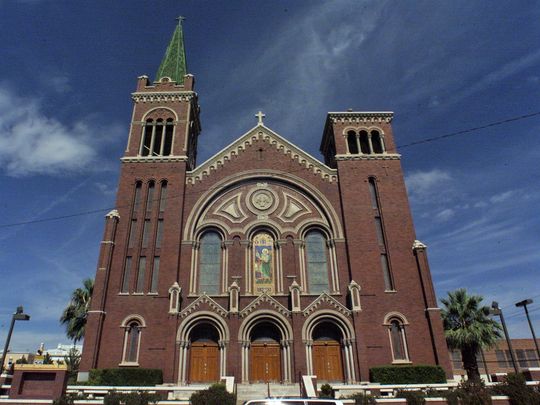|
| What It Means to Be a Laicized Priest in the Catholic Church
By Zulekha Pitts
El Paso Times
January 31, 2019
https://www.elpasotimes.com/story/news/2019/01/31/texas-el-paso-church-catholic-priest-accused-of-abuse-laicized-definition/2737497002/
Catholic leaders in Texas on Thursday released the largest list of Catholic clergy accused of sexually abusing children since a Pennsylvania report in August 2018. According to the Texas list of 286 priests accused of abuse, only a fraction have been stripped of their clergy status, or laicized.
Laicize defined
To laicize a priest means to dismiss him from his clerical state and reduce him to the lay state, or secularize him, according to Webster's New World College Dictionary. Catholic.com states that "laicization renders a cleric for ecclesiastical purposes the equivalent of a layman."
The clerical state if a priest is a juridical status. A priest can lose his clerical state by requesting its removal or by having it taken away. Defrocking and unfrocking also are terms referring to the laicization of a priest.
MORE: El Paso Catholic Diocese releases names of 30 priests accused in church sex abuse scandal
When a priest is laicized
When a priest is laicized, it doesn't mean that he is no longer a priest. It means that he is banned from exercising the rights fitting to the clerical state, according to an article on The Catholic World Report website. These privileges include celebrating Mass, listening to confessions and offering the sacraments.
Laicized priests with El Paso ties
 |
St. Patrick Cathedral is at 1118 N. Mesa St. in El Paso. (Photo: Times file photo)
|
There still are some cases in which churches continue to oblige laicized priests to act as though they're still in their clerical state.
On Thursday, the Catholic Diocese of El Paso released the names of 30 priests suspected of child sexual abuse. Only three priests on the list were laicized.
|
